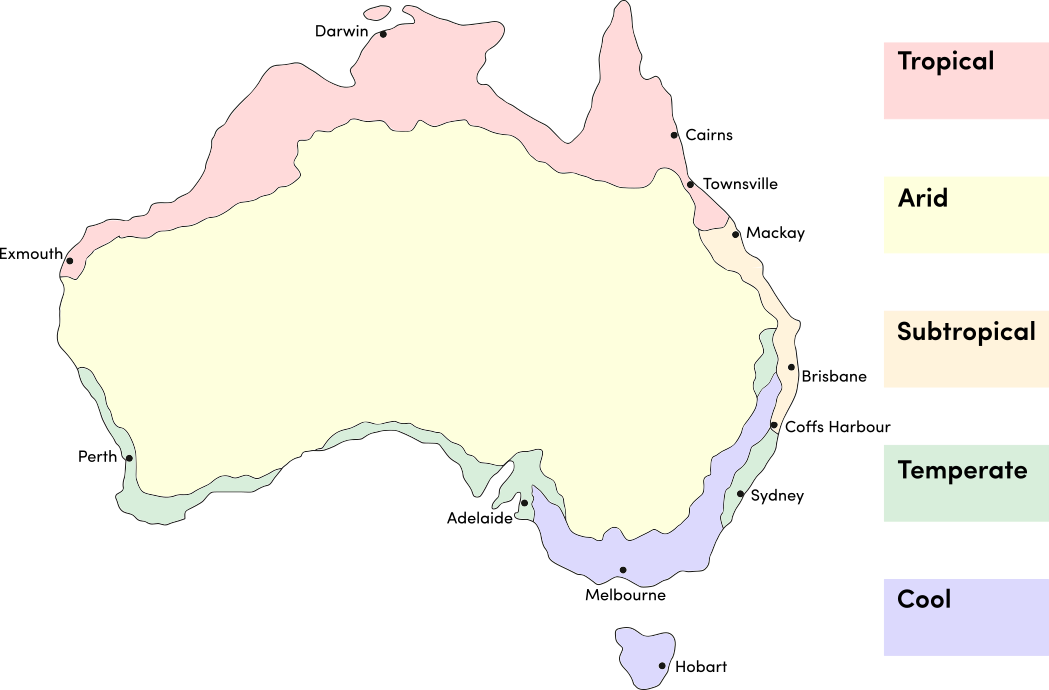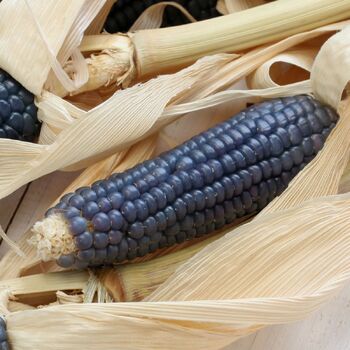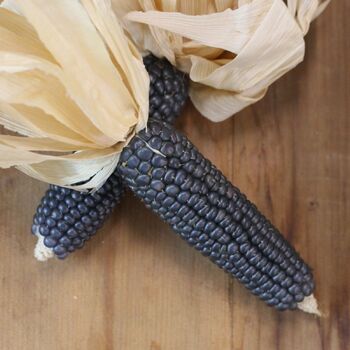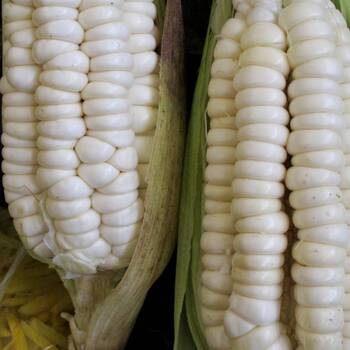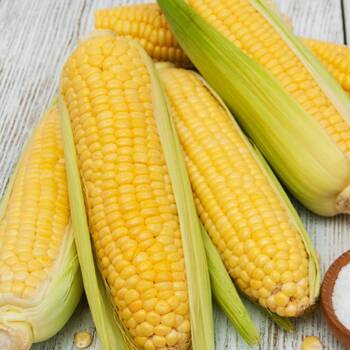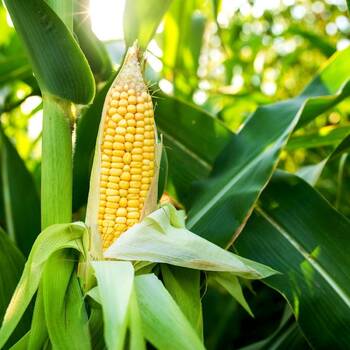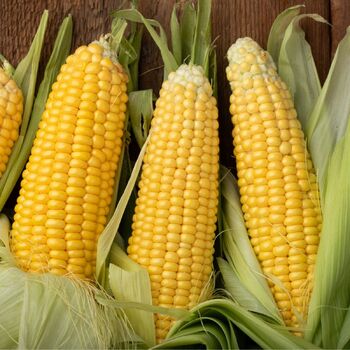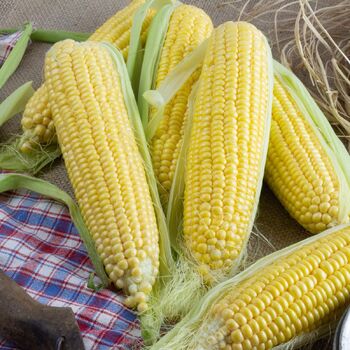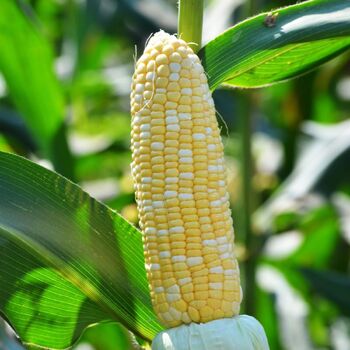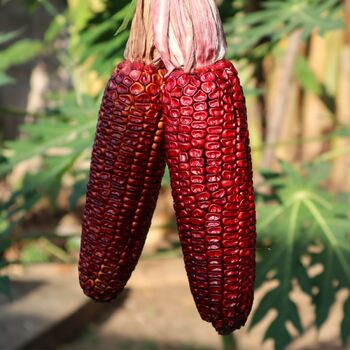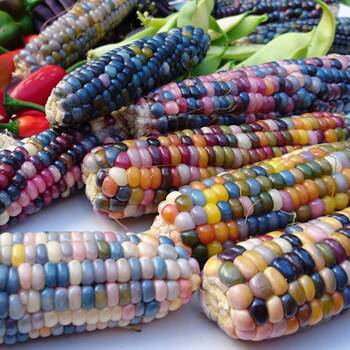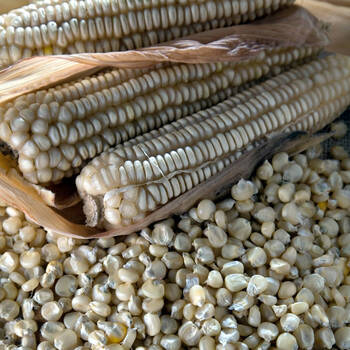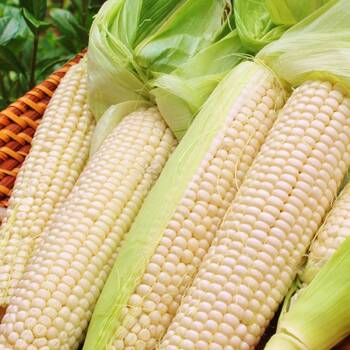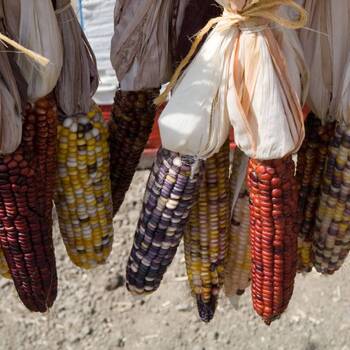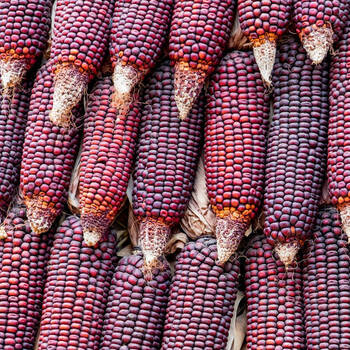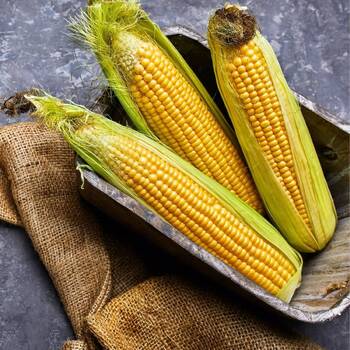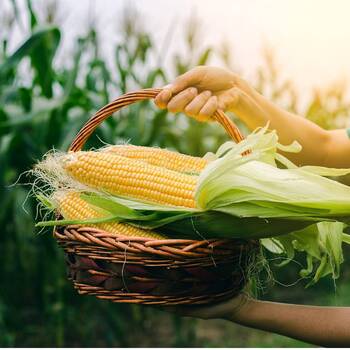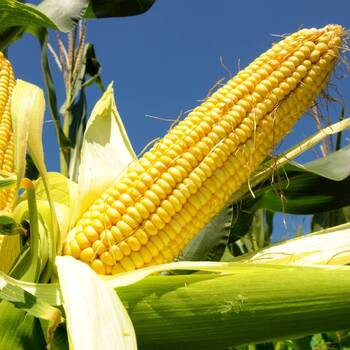Corn Seeds_
Browse by type:
Guides
-
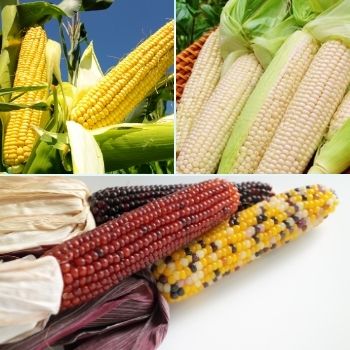
How to Grow Corn Seeds
A comprehensive guide on how to grow Corn Seeds; including soil preparation and position, when and how to sow, when and how to harvest and common pests and diseases. View guide.
-
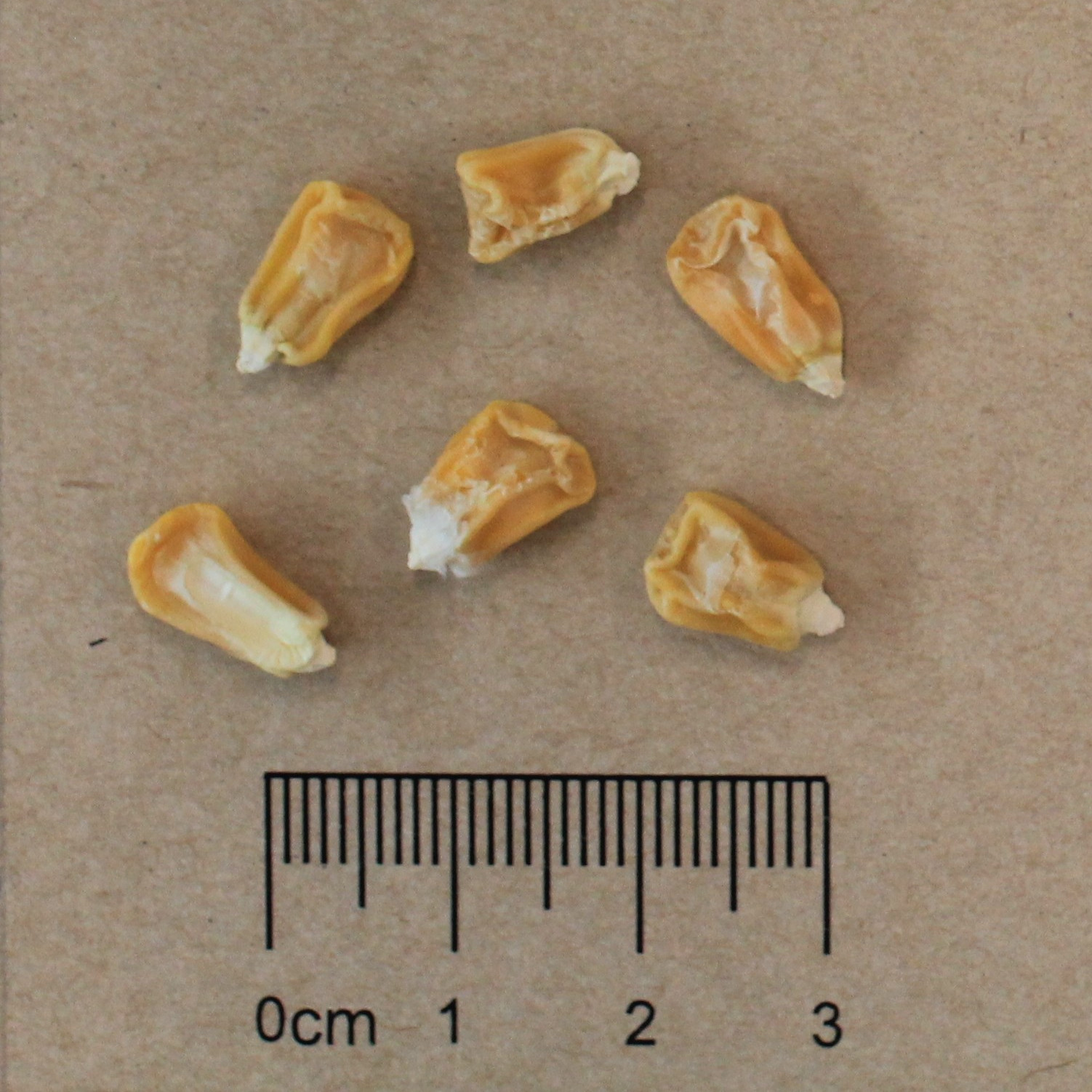
Seed Saving Guide: Corn (Zea Mays)
A guide on how to save Corn seeds; including pollination type, isolation distance, when to harvest and best cleaning methods. View guide.
More Related Content
-

Sweet Corn – Growth & Storage
Sweet Corn is one of the easiest crops to grow given the right conditions. This article details how to plant, grow, harvest and store your sweet corn. Read article.
-

Using the 'Three Sisters' Method to Grow Corn, Beans, and Squash - Companion Planting at Its Best
One of the oldest natural growing techniques is companion planting, where combinations of plants are grown together, each providing benefits to the others for mutual success. The 'Three Sisters' method is one of the more famous companion planting schemes. Read article.
-
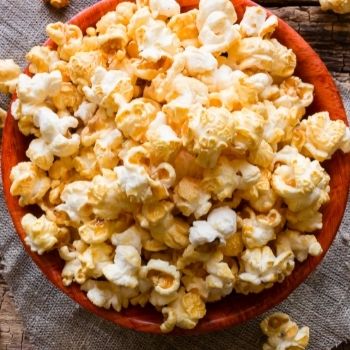
Let’s Make Popcorn!
Homemade popcorn makes a great healthy wholegrain snack food and it’s a fun thing to make with kids, especially when made from home grown cobs. This article details 2 methods to make popcorn from your own home-grown corn. Read article.
-
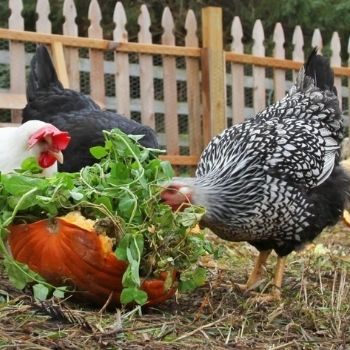
Plants to Grow to Supplement Your Chickens’ Feed
Chickens love to forage on all kinds of veggie patch scraps and kitchen trimmings. But you can vary their diet even more by growing some plants specifically as chicken feed supplements. Here are some of the easiest and best ideas to try. Read article.
-
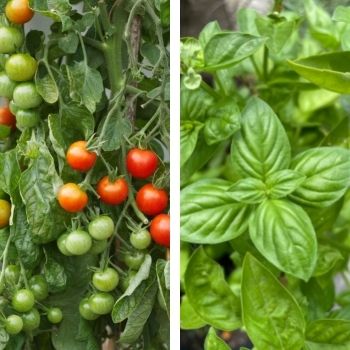
Perfect Partners: How Interplanting Can Boost Gardening Success
Interplanting two or more crops together can boost the health and productivity of your veggie garden. It can also add convenience to your growing and harvesting, as this article explains. Read article.

